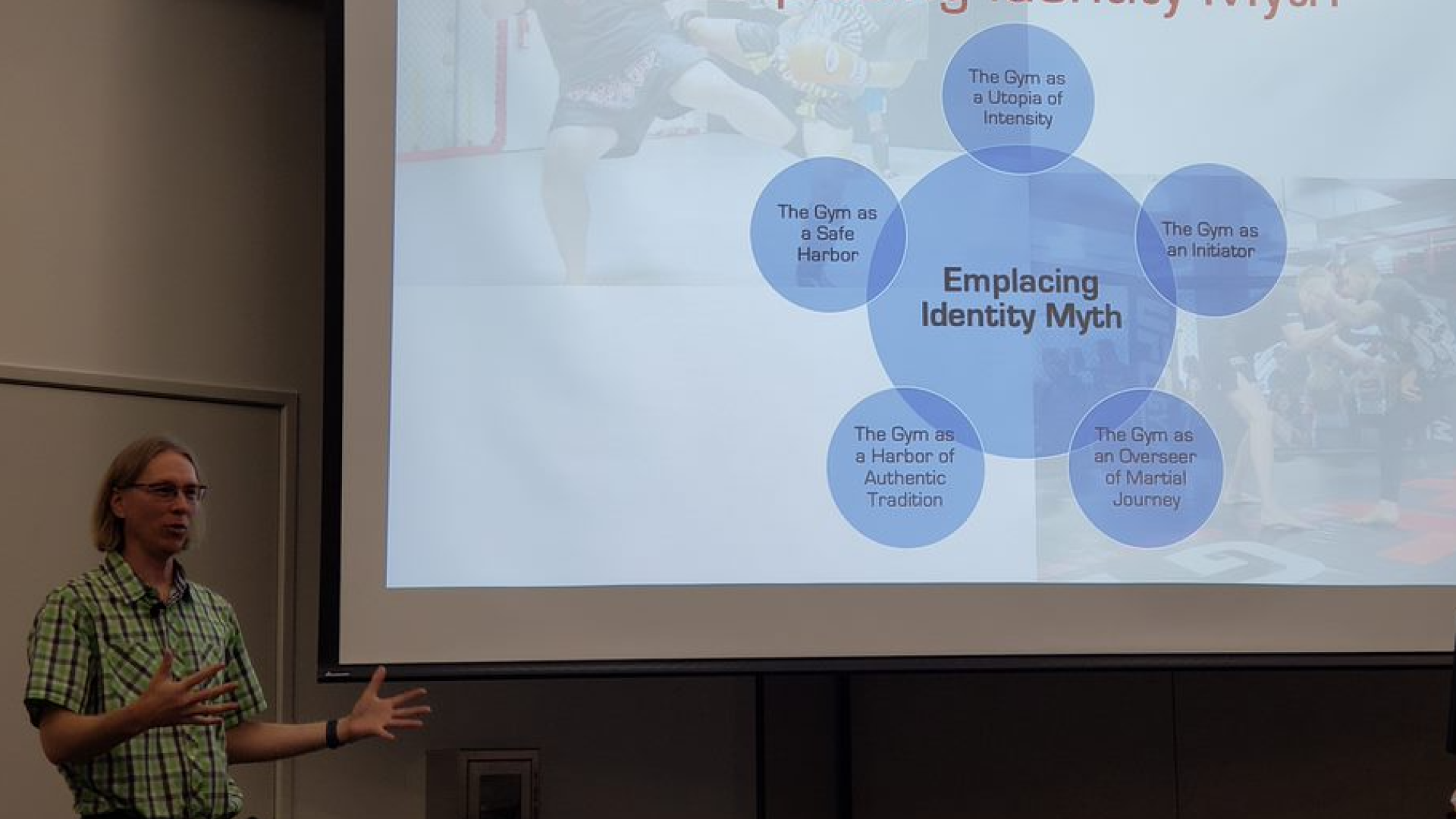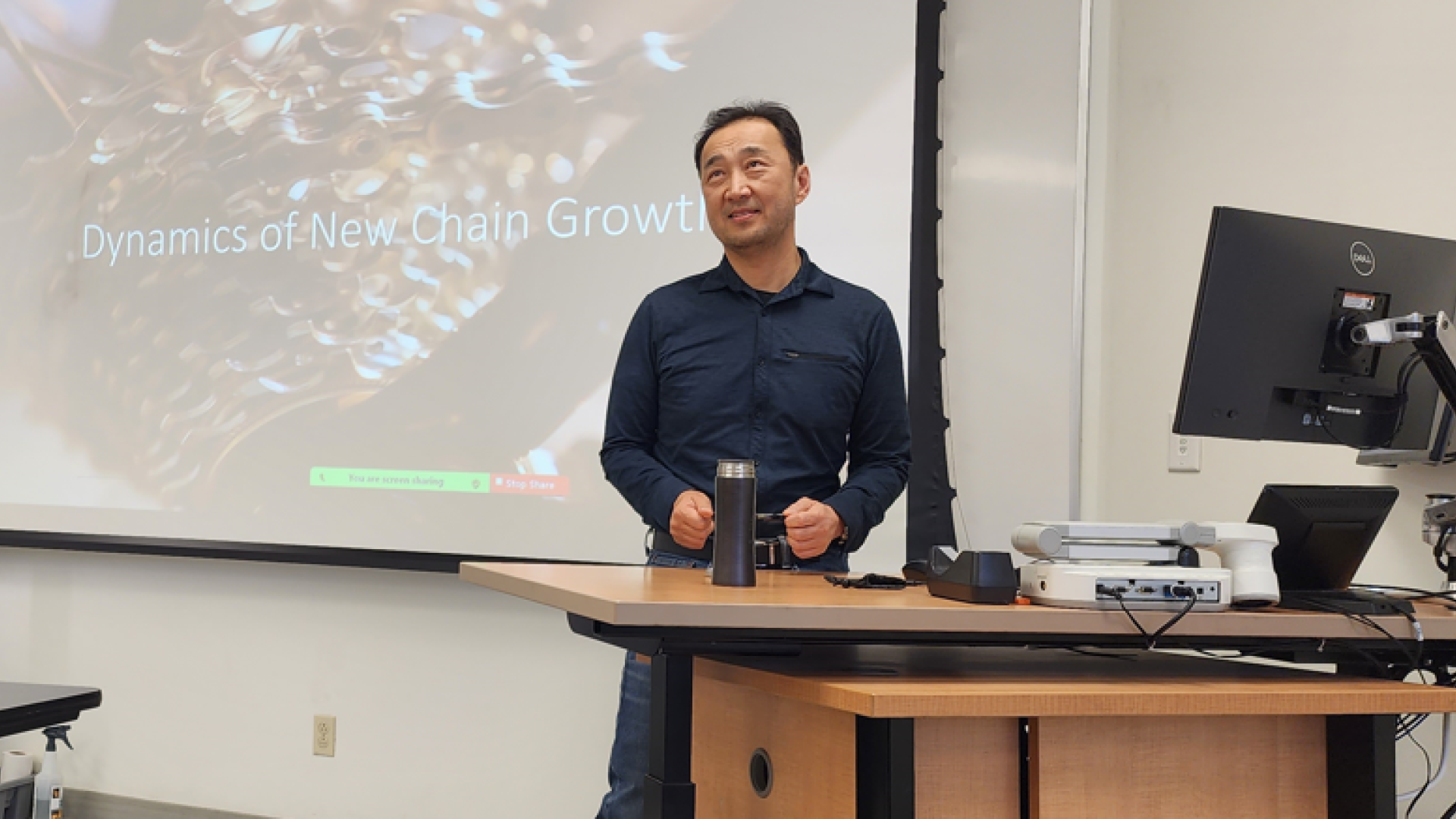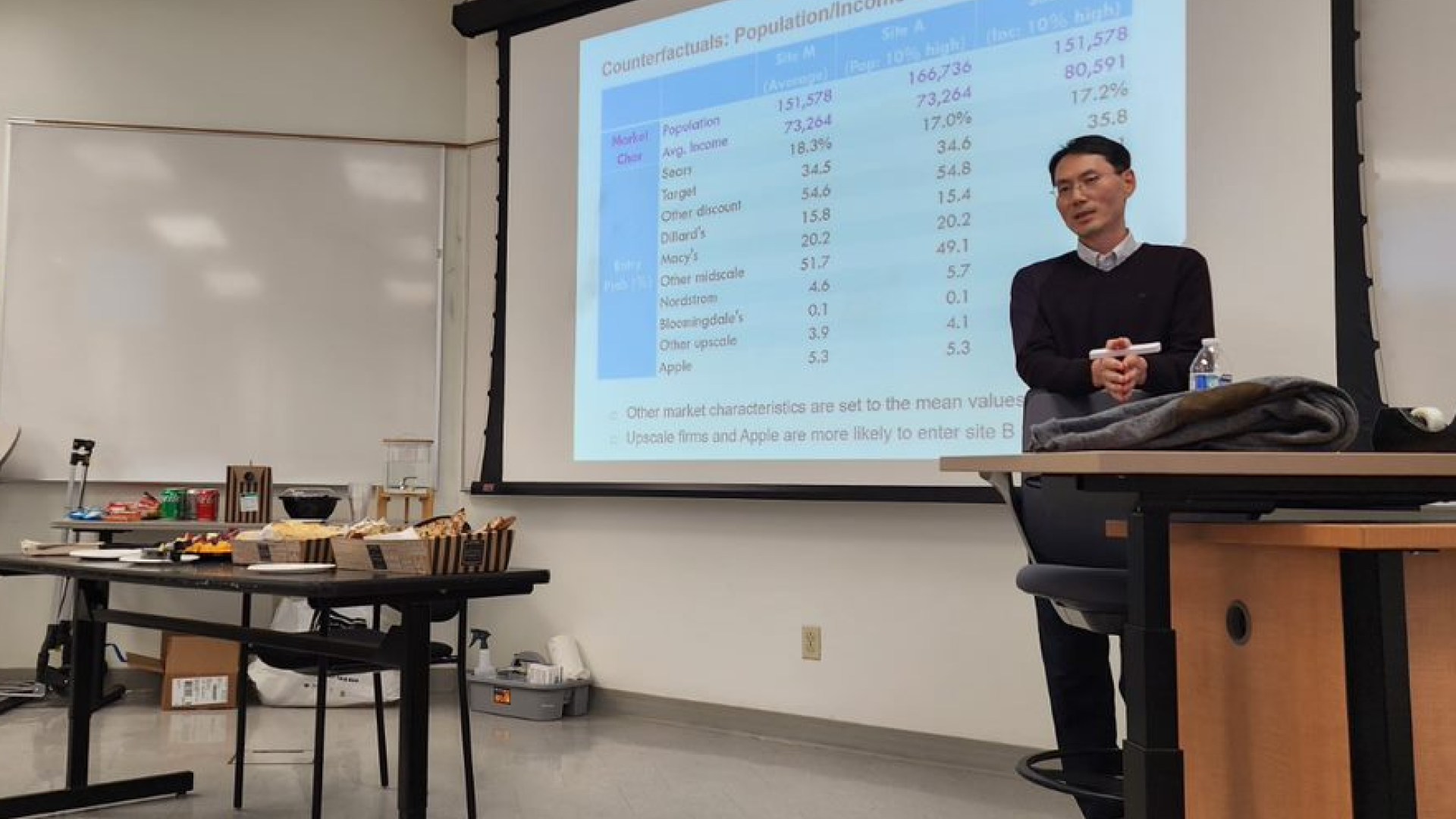Brown Bag Research Seminars
The Department of Marketing held Brown Bag Seminars
The Marketing Brown Bag Seminar is an informal research seminar series focused on hot topics in various areas of the marketing discipline. Presentation times are between 60 and 75 minutes, allowing plenty of time for discussion. CSULB marketing faculty and outside scholars are welcome to present their ongoing research projects. Previously completed work or discussions on a hot topic in your field are also welcomed.
Presenting: Do Mass Shootings Increase Gun Sales? A Meta-Analysis of the Effect of Mass Shootings on Gun Sales
- Abstract: Mass shootings are a tragedy that policymakers and citizens abhor. This paper rigorously investigates how mass shootings affect gun sales using a quasi-experimental setting. We address three questions: a) Do mass shootings lead to increases in gun sales? b) What is the magnitude of impact of gun laws on gun sales? c) How do mass shootings compare with gun laws in terms of magnitude of their impact on gun sales? We combine multiple quasi-experimental analyses using synthetic controls with Bayesian meta-analysis to report our findings. We then discuss their implications for policymakers and firms.
Presenting: A Multilevel Model of Expatriate Staffing and Subsidiary Financial Performance: Strategic Emphasis and Organizational Fit Perspective
- Abstract: We develop a multilevel theory of the effect of subsidiary staffing on subsidiary performance by investigating the interactive dynamics among expatriate parent country nationals, foreign subsidiary, parent firm, and country factors. Building on the logic of fit theory, we argue that the advantages of utilizing expatriate managers are more salient in subsidiaries with market-seeking mandates in the host country. This effect is stronger if the parent firm places a higher strategic emphasis (i.e., more emphasis on value appropriation than value creation). Such an impact is further moderated by the economic distance between the home and host countries, a country-level facilitating condition affecting the adaptability and value creation of the expatriates. The results, based on a multilevel analysis of a panel dataset of foreign subsidiaries of South Korean global enterprises from 2006 to 2013, largely support our predictions. We discuss the implications of multilevel theorizing for the marketing strategy and expatriate staffing literature
Presenting: Dynamics of Young Franchise Growth
- Abstract: As adding new franchisees is necessary for a young franchise chain to grow, terminating franchisee is also inevitable for most of franchise businesses. This study looks at franchisee turnover and franchisee addition of young chains together to better understand a dynamics of franchise chain growth. With the multi-year franchise census data from South Korea, this study first shows franchisee turnover as well as new addition rates are age dependent, which implies franchise-life cycle to be shaped by new additions and turnovers of franchisees. Franchisee addition rates are highest in the first year of franchising and decline quickly afterward. However, franchisee turnover rates first increase and declines over time with franchise age. Both franchisee addition and turnover rates stabilize after 10-years of franchising. The variations in termination and new addition rates are much greater for those first ten-years of franchising than for after later years of franchising. This study aims to explain the variations in franchisee addition and turnovers for young chains (those in the first ten-years of franchising) with firm growth strategies – (i) growing with multiple brands versus single brand and (ii) growing with owned stores vis-à-vis solely franchised stores. Building on knowledge-based view, this study presents a set of hypotheses regarding the relations between these two firms growth strategies and growth dynamics of focal franchise chain. Overall, the study finds that firm’s growth strategies shape dynamic patterns of franchisee addition and turnover in its early development period.
Presenting: Does Apple Anchor a Shopping Mall? The Effect of the Technology Store on the Formation of Market Structure, Reo Song (with Doug Chung, University of Texas at Austin and Kyoungwon Seo, Seoul National University)
- Abstract: This study examines the effect of technology stores—Apple retail stores—on mall configuration. We formulate a structural model that considers the endogenous location decisions of retail stores, taking into account both market characteristics and the spillover effects of co-location. The results show that agglomeration effects exist between Apple and upscale firms. The presence of an Apple store attracts high-income customers, promoting the entry of upscale firms and the exit of discount firms. This study also introduces two methodological innovations. First, we develop an efficient simulator that requires fewer random draws to evaluate the likelihood of discrete games with multiple equilibria. The augmented simulator avoids random draws that are not compatible with the observed equilibrium outcome and, thus, efficiently use all draws to evaluate the likelihood. Second, we utilize GPGPU, using multiple processing cores in a graphics-processing unit, to increase computational speed.
Presenting: Innovation Potential, Insider Sales, and IPO Performance: How Firms Can Mitigate the Negative Effect of Insider Selling
- Abstract: At the time of an initial public offering (IPO), firms seek to maximize their stock market value. The authors theorize and show that a firm’s innovation potential— firm outputs and activities that contribute to the development of future new products— can be used by the managers of IPO firms as a positive signal of quality that impacts several IPO outcomes. Using a sample of 370 IPO firms from the consumer-packaged goods and pharmaceutical industries, and three metrics of innovation potential, the authors show that firms’ innovation potential is (1) positively associated with the initial value of the IPO and with the first day IPO returns, and (2) negatively associated with the extent to
Presenting: Masculine Servicescapes: Built Commercial Environments and Masculine Identity Myths
Abstract: Presentation will examine the relationship between masculinity and servicescapes. Servicescapes are built, often themed commercial environments and the idea examined in this presentation is whether commercial places can foster
Presenting: Marketing the Tactical Lifestyle: Firearms, Fashions, and Attitude
- Abstract: This paper explores the marketing of the tactical lifestyle through distinctive types of firearms, fashions, and attitude. Derived from modern combat weapons and clothing and encouraged by favorable political and cultural trends within present-day America, tactical products embody a visually powerful design aesthetic that is energetically marketed to a consumption community of mostly white males, but with a visible contingent of female participants. Tactical marketing communications stress a militarized and paranoid mindset but also exhibit ironic humor and occasional sex appeal. Potential benefits of this packaged lifestyle and the risks of dangerous societal consequences are analyzed.
Presenting: COVID-19 Pandemic, Physician Workload, and Quality of Health Care
- Abstract: This study aims to examine how the surge in physicians’ workload due to the coronavirus influences the quality of healthcare service for non-Covid patients.








